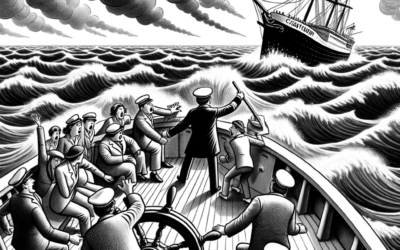This past weekend my wife and I along with some close friends, road in the MS150. This was a 150 mile ride from Duluth, Minnesota to Minneapolis, Minnesota. We trained for approximately four weeks (I would suggest to anyone thinking about this six weeks would have been better).
Throughout our ride our friends were both behind us and in front of us. Mostly in front of us. The only coordination between us and our friends was an occasional check in with one another about energy and if we were going to stop at the next rest stop. What you could not help notice while riding for six hours a day, was these energized teams of bikers, coordinated in both their communication with one another and their synchronization of pedaling among the team members. It was amazing watching them speed by us, yelling out quite appropriately, “On your left!” Most of the teams used all the biking language that was taught to us on our way up to the event. To them, the communication was essential. To us novices it seemed only a good idea.
As we watched team after team pass us we began to gain curiosity about how and why they do what they do. It seems these biking teams work a bit like geese flying in the air where the leader of the team takes on the toughest position because of air resistance. The others find that they are enveloped into free air in which they gain speed and ease the resistance. Some of these teams, like geese, will change out leaders when the leader becomes more fatigued, while others will have the leader stay in the position for the entire ride.
Just as interesting is that the team must set its pace against the slowest rider, not against the strongest. If it set its pace against the fastest the team would fall apart or spread out and lose all the benefits they gain from acting as a group. Much like the novice bike riding group we had formed to participate in the MS150.
No matter how much you are driven to meet a certain time as an individual, you start and end together. When one of your team members pops a tire, the entire team stops to help. How many organizations do this for their team members? How many of our organizations work with the entire group in mind rather than working like a group of individuals coming together to collectively accomplish something. Is your team functioning like an efficient team or a group of individuals?


